Have you ever seen a COA on your product packaging or heard someone mention it and thought, "What the heck is that?" A COA, or Certificate of Analysis, might sound fancy, but it's basically just a report card for your cannabis. It tells you all the good stuff about what's in your green – like the levels of THC, CBD. More importantly, it lets you know you are not consuming harmful chemicals.
So, why should you care? Well, knowing how to read a COA can help you make sure you're getting quality stuff that's safe and does what you expect. It's about making smart choices while making sure your high is both fun and safe. Let's break down COAs for you in plain English.
What is a Certificate of Analysis (COA)?
A Certificate of Analysis is like a report card for your cannabis, but instead of grades, it tells you what's inside your weed. This official document is provided by a third-party lab that tests your cannabis to make sure it's up to snuff.
Here's the deal: the COA verifies the contents, quality, and safety of your cannabis. It's basically a guarantee that what you're about to consume is legit. It tells you the potency – like how much THC and CBD are in there – and makes sure there are no contaminants like pesticides, heavy metals, or mold. It's all about keeping things safe and transparent so you know exactly what you're getting.
Where Can You Find a COA?
Finding a COA for your cannabis might take a little effort, but it's totally worth it. Here are the main places you can find a COA for your cannabis:
- Dispensary Websites: COAs are occasionally available online. Just look up the product you’re interested in, and there should be a link or a tab for the COA. If you don’t see it, don’t hesitate to ask customer service—they're there to help!
- In-Store Access: Some of the best dispensaries require you to come in-store to check out the COA. While it might be an extra step, this gives you a chance to ask questions and get all the info you need directly from the staff.
- Product Packaging: Check the packaging of your cannabis product for a QR code. Scan it with your phone, and it should take you straight to the COA online. This is super handy when you’re shopping and want to check out the details before you buy.
- Request from the Producer: If you can't find the COA online or on the packaging, reach out to the producer. They’re usually more than happy to provide it because transparency is key in the cannabis world.
- Ask the Dispensary Staff: When in doubt, ask the budtender. They know their stuff and can help you locate the COA for any product they sell. Plus, it’s always good to have an expert guide you through it.
How to Read a COA
It might look like a bunch of scientific mumbo jumbo at first, but don’t worry – we’ll break it down so it’s easy to understand. Here’s what you need to look for:
- Product Information:
- Product Name: The name of the cannabis product.
- Batch or Lot Number: A unique identifier for the specific batch tested. This helps trace the exact product tested.
- MMTC Details: Information about the producer or brand.
- Laboratory Information:
- Lab Name and Address: Details of the accredited lab that did the testing.
- Contact Information: If you have any questions about the results, you can reach out to the lab.
- Sample Information:
- Sample ID: A unique identifier assigned by the lab.
- Date of Testing: When the sample was received and tested.
- Sample Type: The type of cannabis product tested (flower, concentrate, edible, etc.).
- Cannabinoid Profile:
- THC Content: This is the percentage or concentration of Tetrahydrocannabinol (THC). THC is the main psychoactive compound that gets you high.
- CBD Content: The percentage or concentration of Cannabidiol (CBD), known for its medicinal benefits without the high.
- Other Cannabinoids: This might include CBG, CBN, THCA, and CBDA. Each has different effects and benefits.
- Terpene Profile (if available):
- Terpene Concentration: Levels of various terpenes like Myrcene, Limonene, and Pinene. Terpenes affect the aroma and flavor of the cannabis and can influence its effects.
- Contaminant Testing:
- Pesticides: Screens for the presence of pesticides.
- Heavy Metals: Tests for metals like lead, mercury, arsenic, and cadmium.
- Microbials: Checks for mold, bacteria, and yeast.
- Residual Solvents: If it’s a concentrate, this ensures there are no leftover solvents from the extraction process.
- Mycotoxins and Aflatoxins: Makes sure the product is free from these harmful toxins.
- Moisture Content and Water Activity:
- Moisture Content: The percentage of water in the product. Proper moisture levels prevent mold and ensure quality.
- Water Activity: Measures the free moisture that could lead to microbial growth.
- Physical and Visual Inspection:
- Visual Inspection: Notes on the product’s appearance, including color and any visible defects.
- Foreign Matter: Checks for any impurities or foreign substances.
- Signature and Certification:
- Lab Technician Signature: The signature of the person who conducted the tests, certifying the results.
- Certification Statement: Confirms the accuracy and authenticity of the COA.
When you’re looking at a COA, pay close attention to the cannabinoid and contaminant sections. These tell you about the potency and safety of your product. The other sections provide additional details that can help you understand more about what you’re consuming.
THC vs. TAC
Definition of THC (Delta-9-tetrahydrocannabinol): THC is the main ingredient in cannabis that gives you that “high" feeling. It's the most famous cannabinoid and has been studied a lot for its recreational and medicinal benefits.
Definition of TAC (Total Active Cannabinoids): TAC is the total amount of all cannabinoids in the cannabis product, including THC, CBD, CBG, CBN, and others. It gives you a bigger picture of the product's overall strength and potential effects.
Importance of Both Metrics: Knowing about both THC and TAC is super important when you're checking out cannabis products. THC tells you about the main psychoactive part, while TAC gives you a fuller view of all the cannabinoids in there.
Why COAs Are Important
COAs aren’t just a bunch of fancy paperwork; they are do-or-die for a few very important reasons.
Safety: The COA gives you peace of mind that what you’re consuming is clean and safe. It checks for bacteria and mold that could be lurking in your bud. Smoking moldy weed? Not cool.
Potency and effects: The COA tells you exactly how much THC and CBD is in your product. Whether you’re looking to get super high or want some relief from pain, the COA helps you pick the right product. Knowing the cannabinoid profile helps you have a consistent experience every time.
Transparency: A COA provides detailed information about what’s in your cannabis. This transparency helps build trust between you and the producer. If a company is willing to show you their COAs, you know they’ve got nothing to hide.
Legalities: In many places, COAs are required by law for all medicinal cannabis products. This means the product meets the regulatory standards set by health authorities. Knowing your cannabis has passed all the legal checks can give you peace of mind.
COAs Are Lit
The COA is your best friend when it comes to buying and using cannabis safely and effectively. From double-checking that there are no harmful contaminants to verifying the potency and cannabinoid profile, the COA has got you covered.
Always look for the COA on the dispensary's website and the product packaging, or ask the budtender directly. Don’t settle for anything less than full transparency.
Remember, a good COA means your cannabis is safe, legal, and exactly what you’re looking for. So next time you’re ready to light up, make sure you’ve checked that COA. Stay safe, stay informed, and enjoy your cannabis with confidence.
.svg)











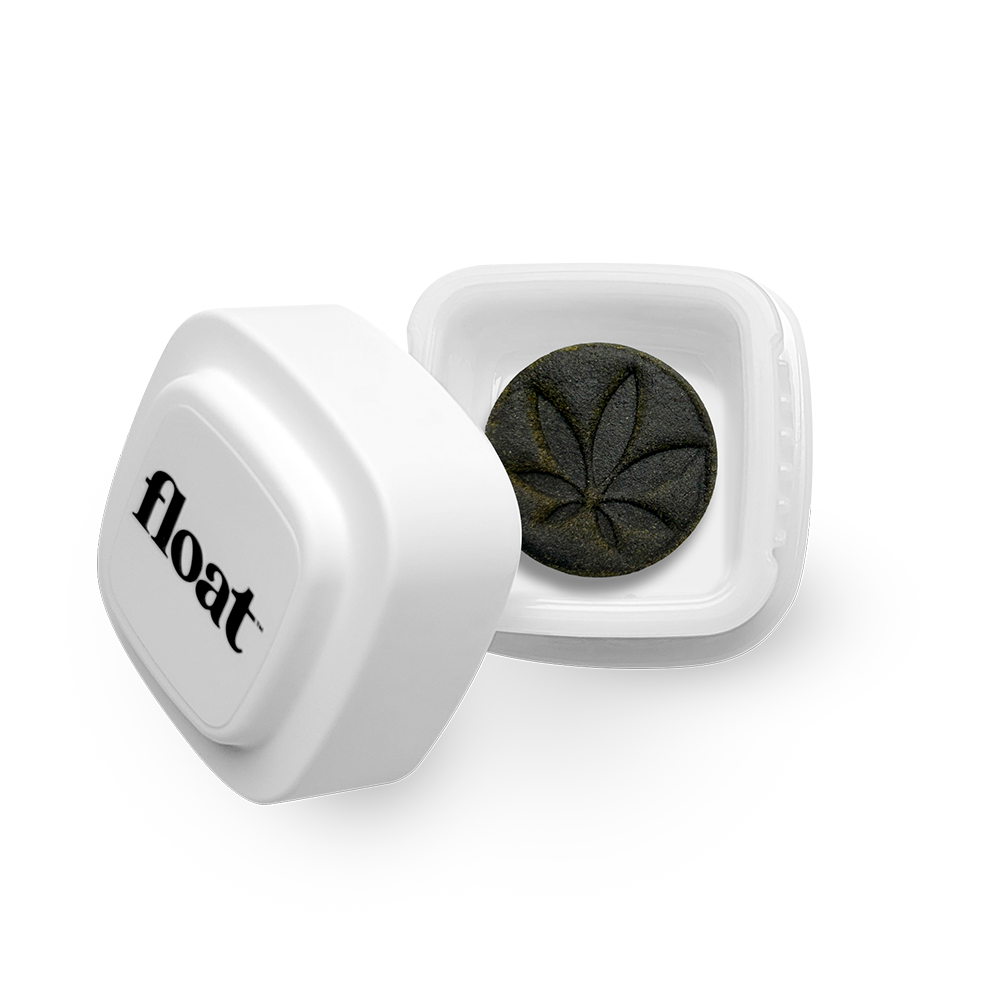


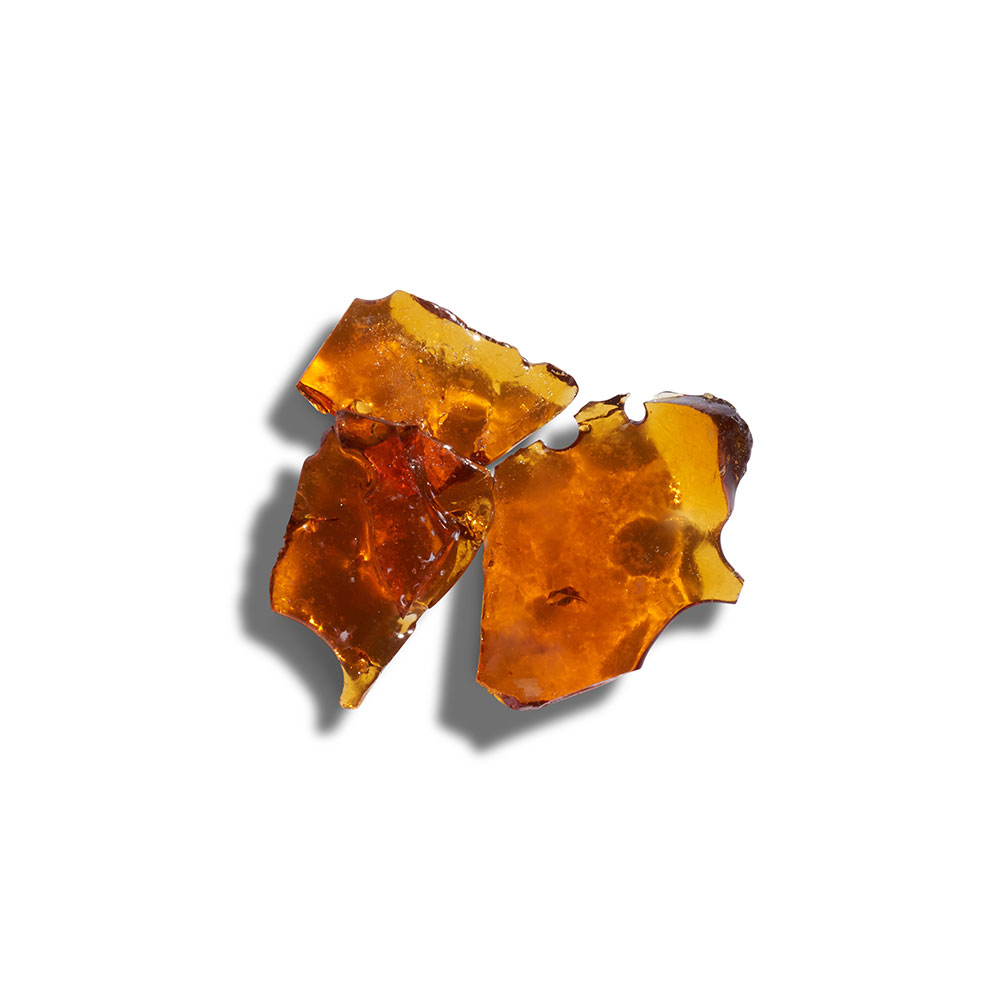

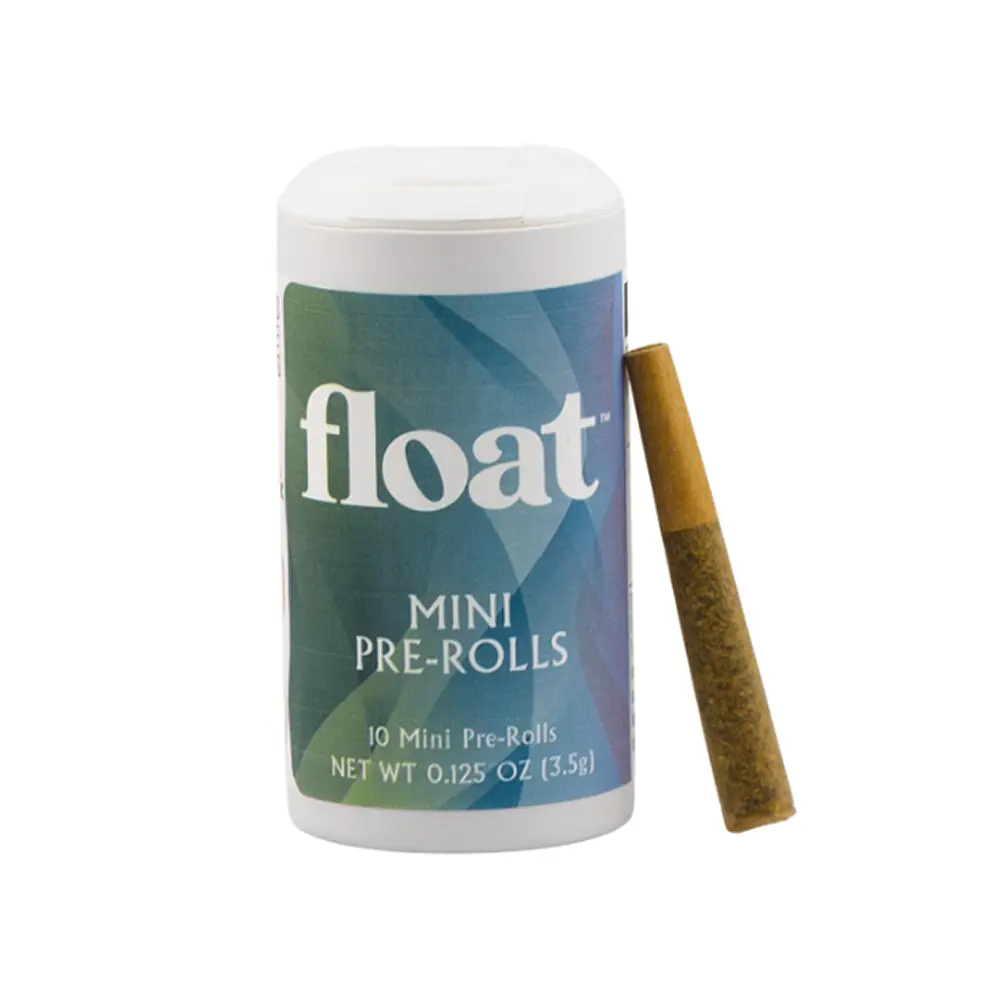

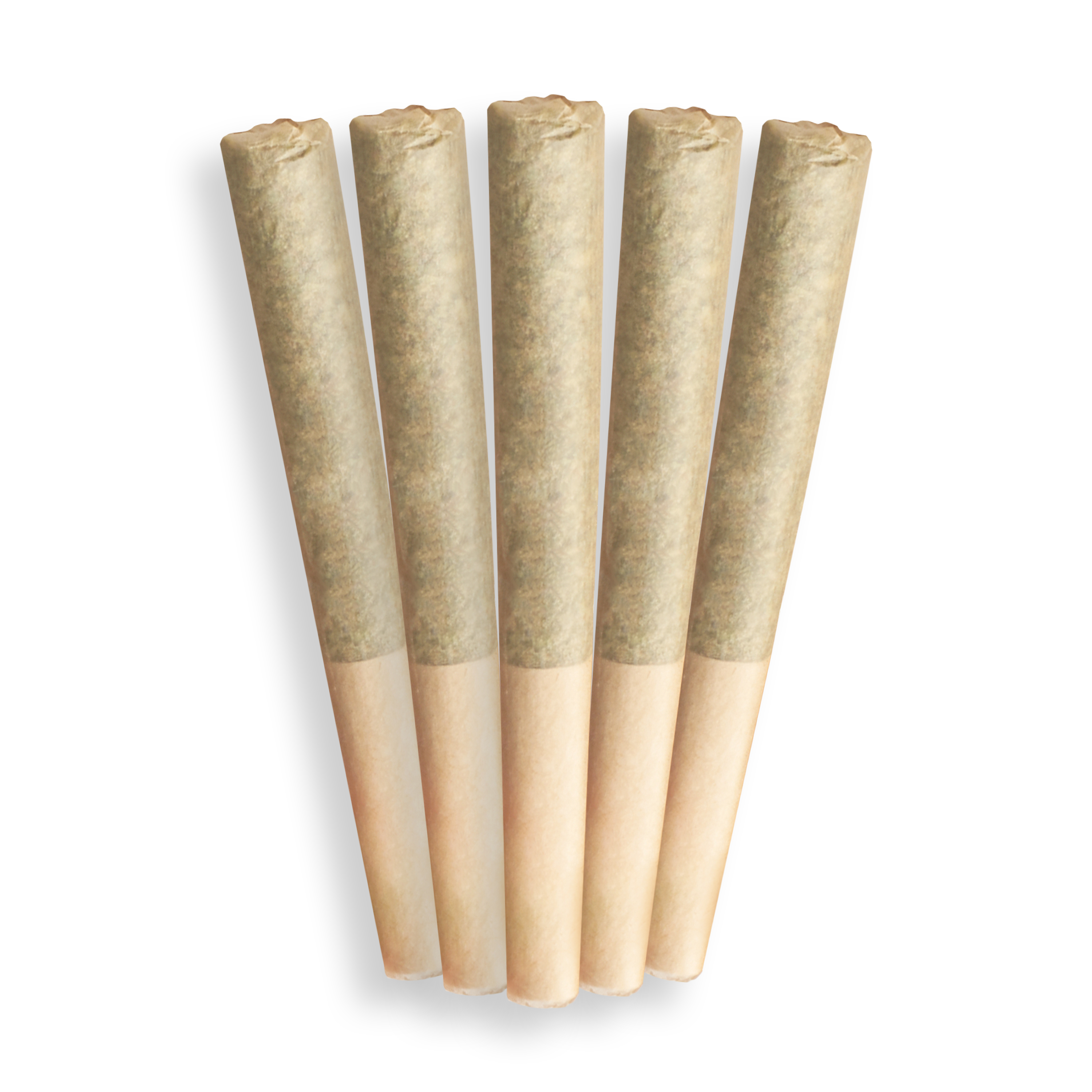
.webp)

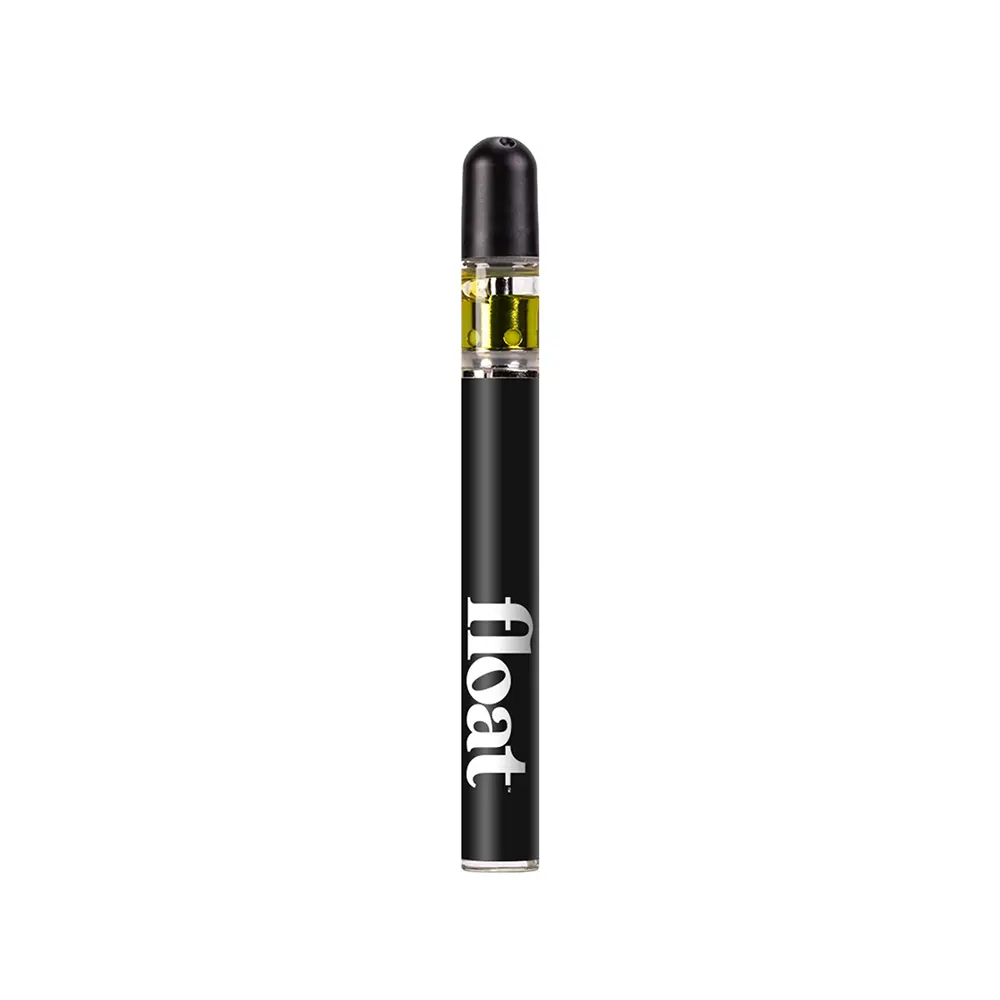
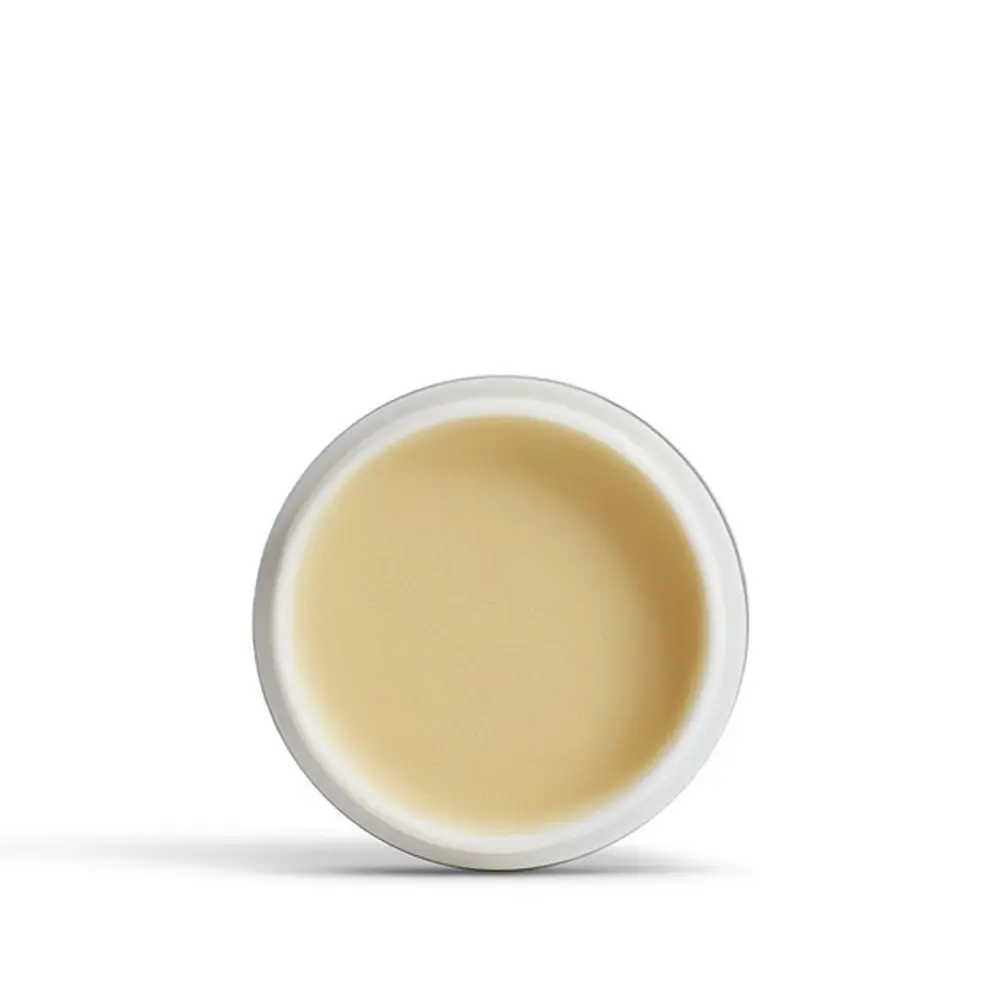

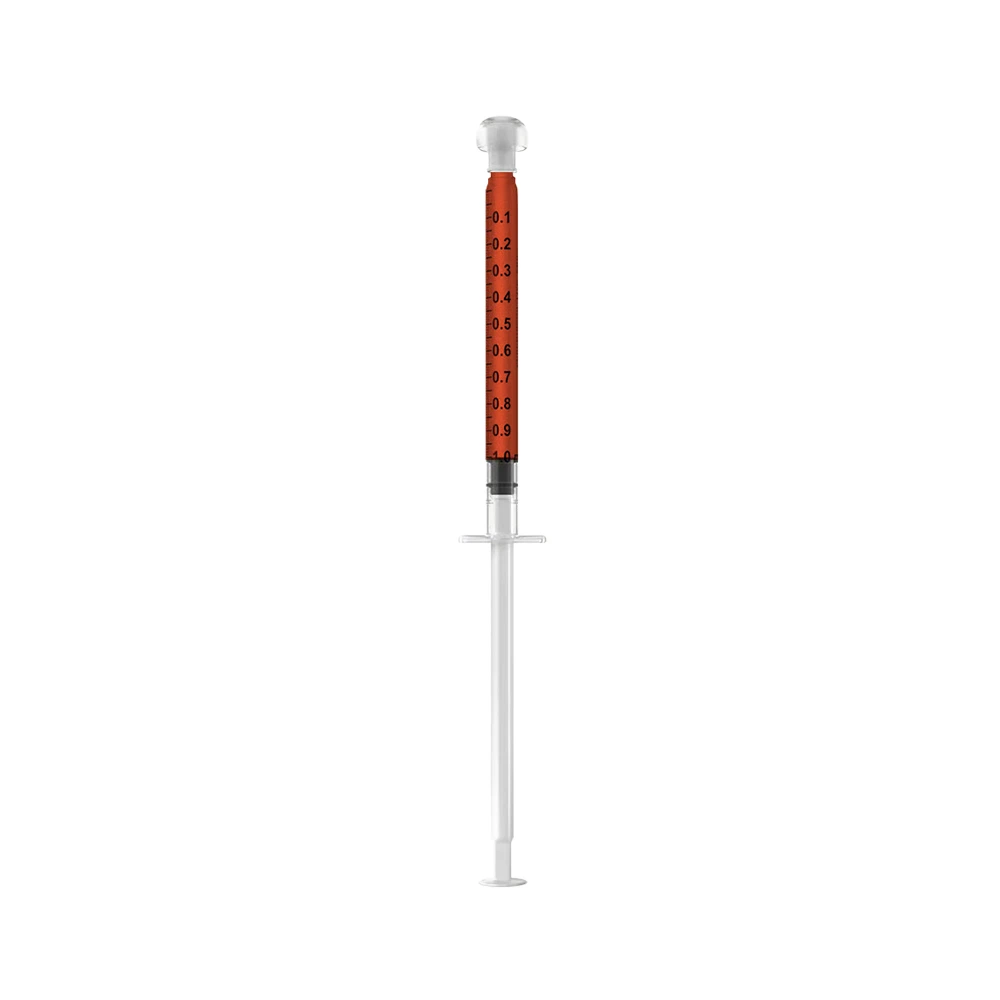

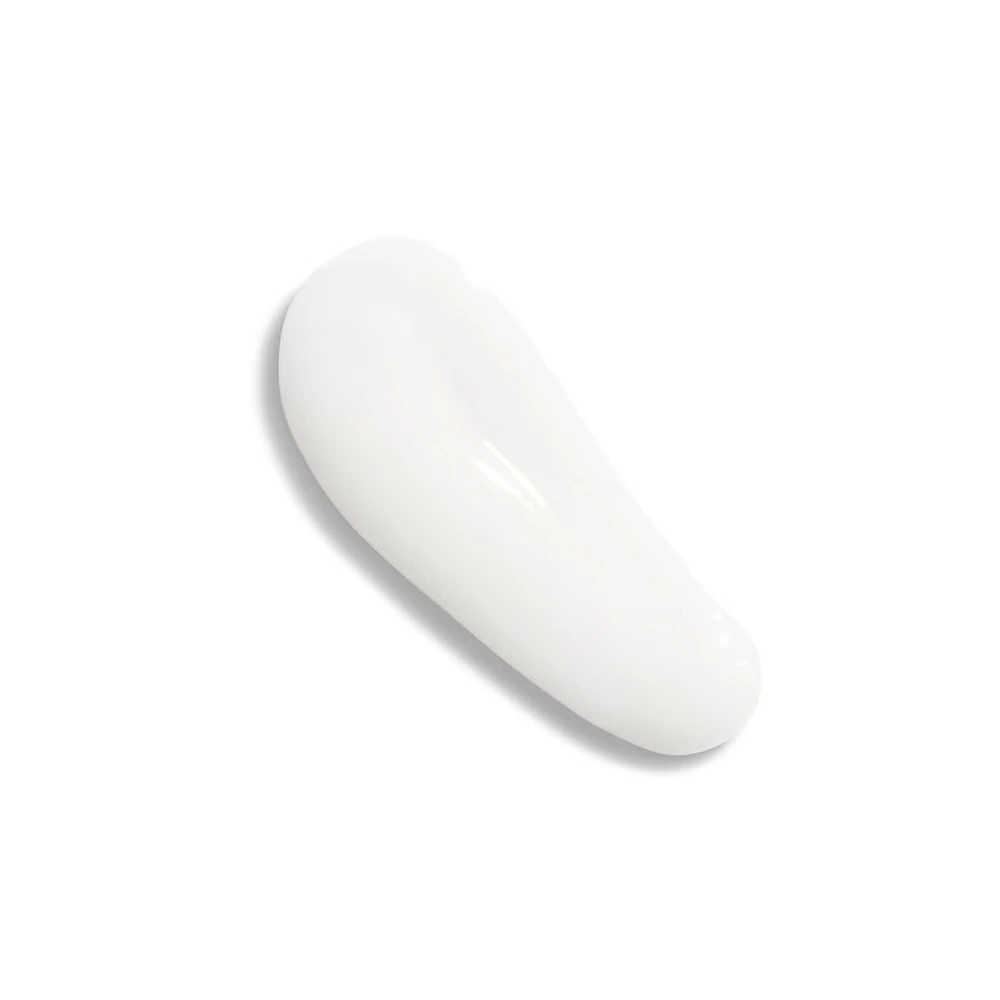

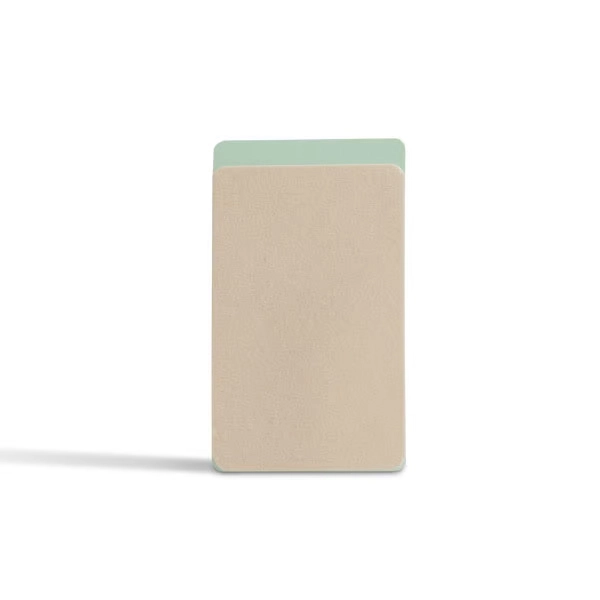
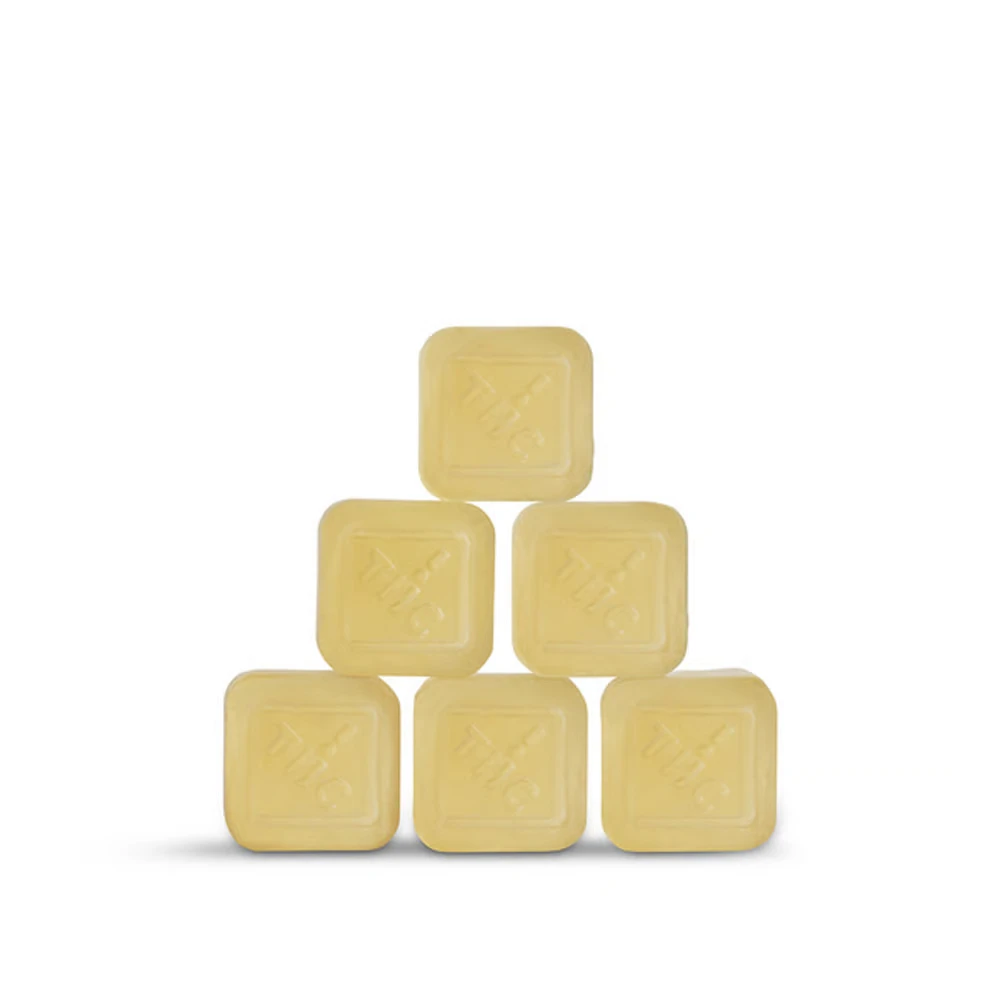

.webp)




.webp)
.webp)



.jpeg)
.webp)











.webp)



